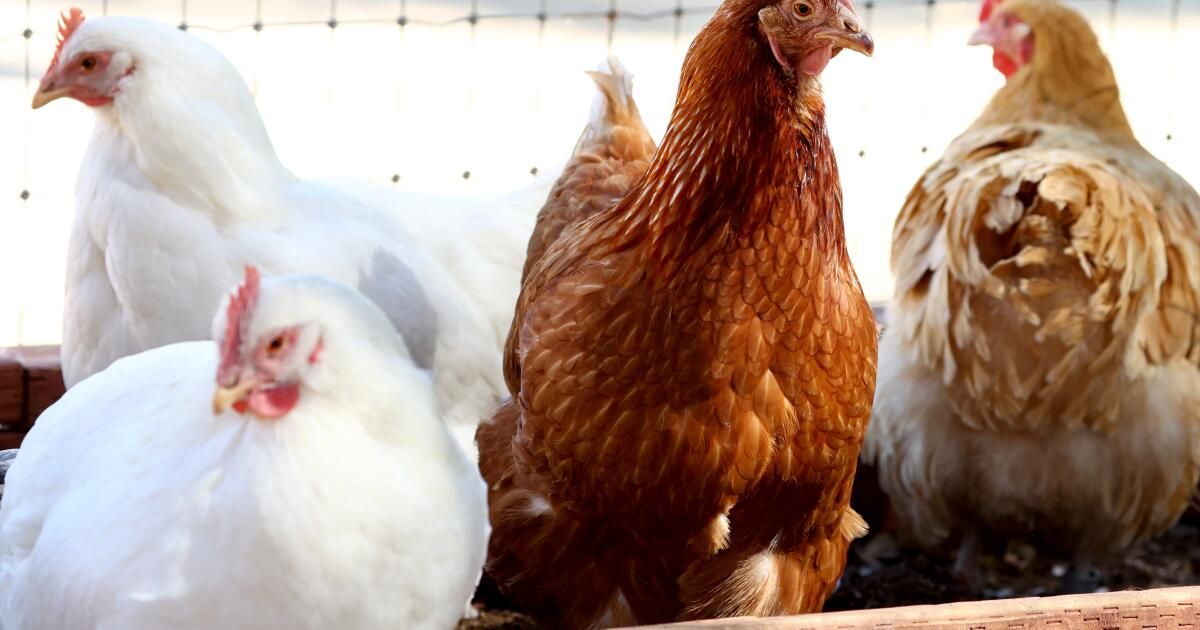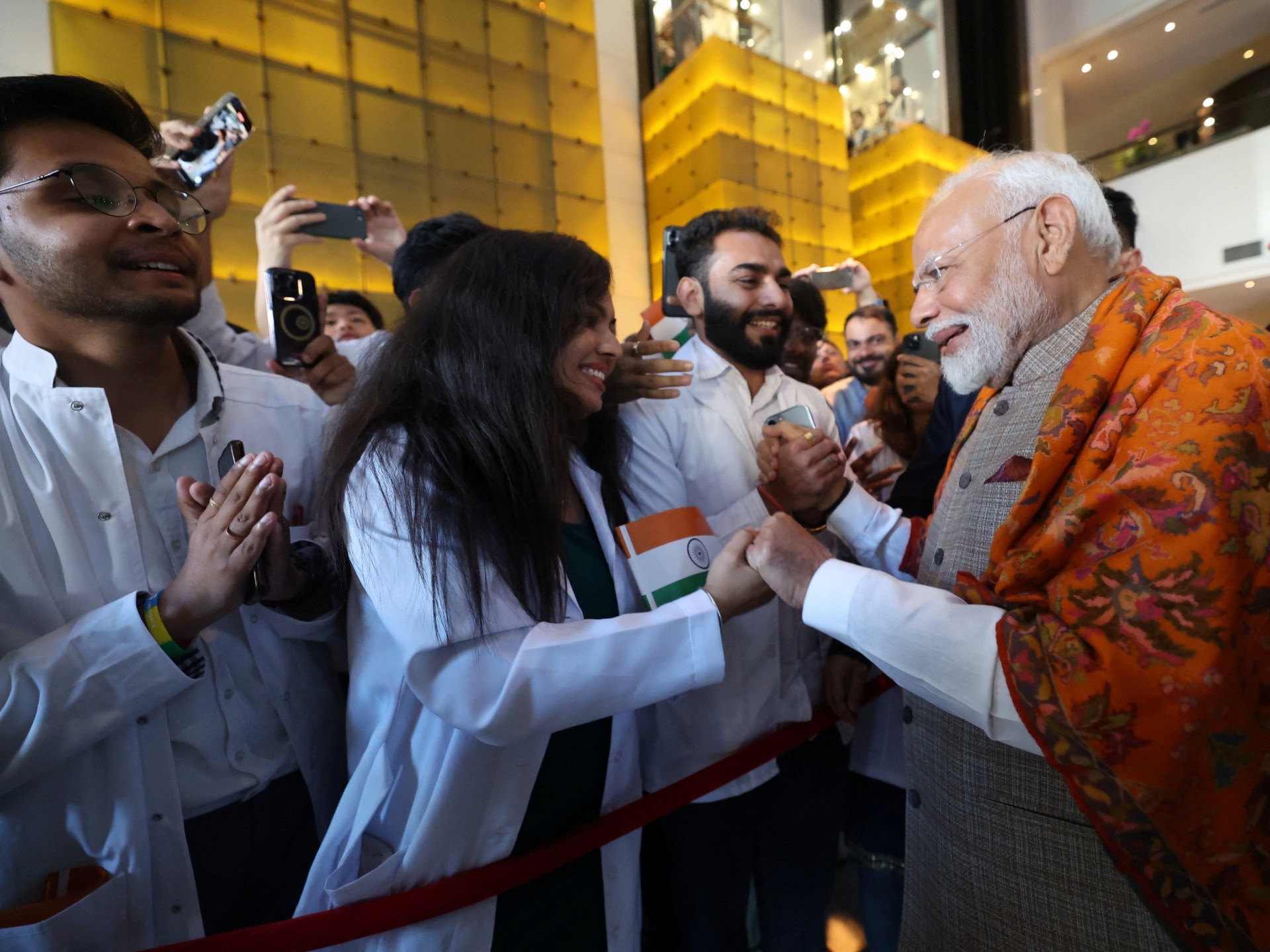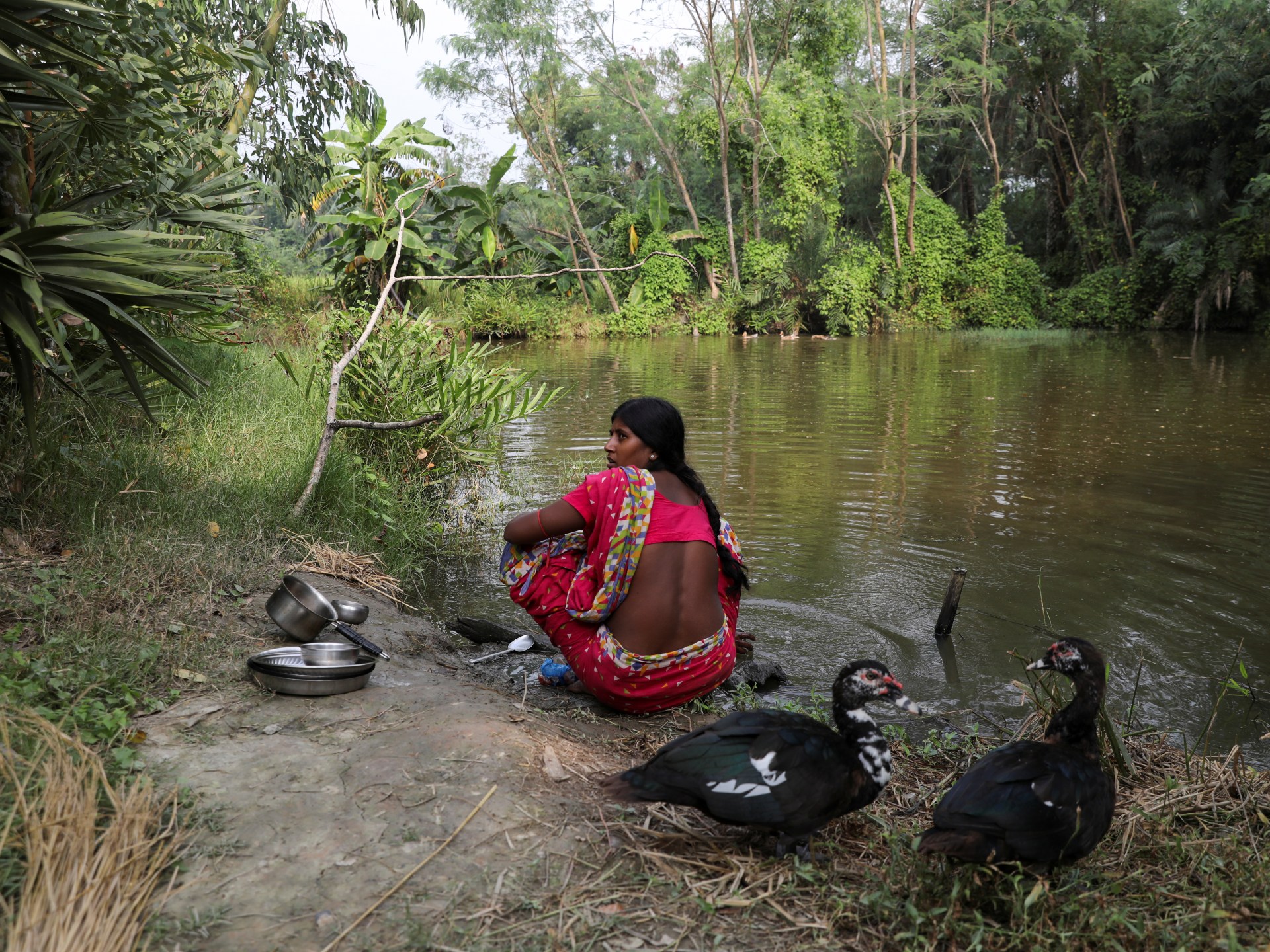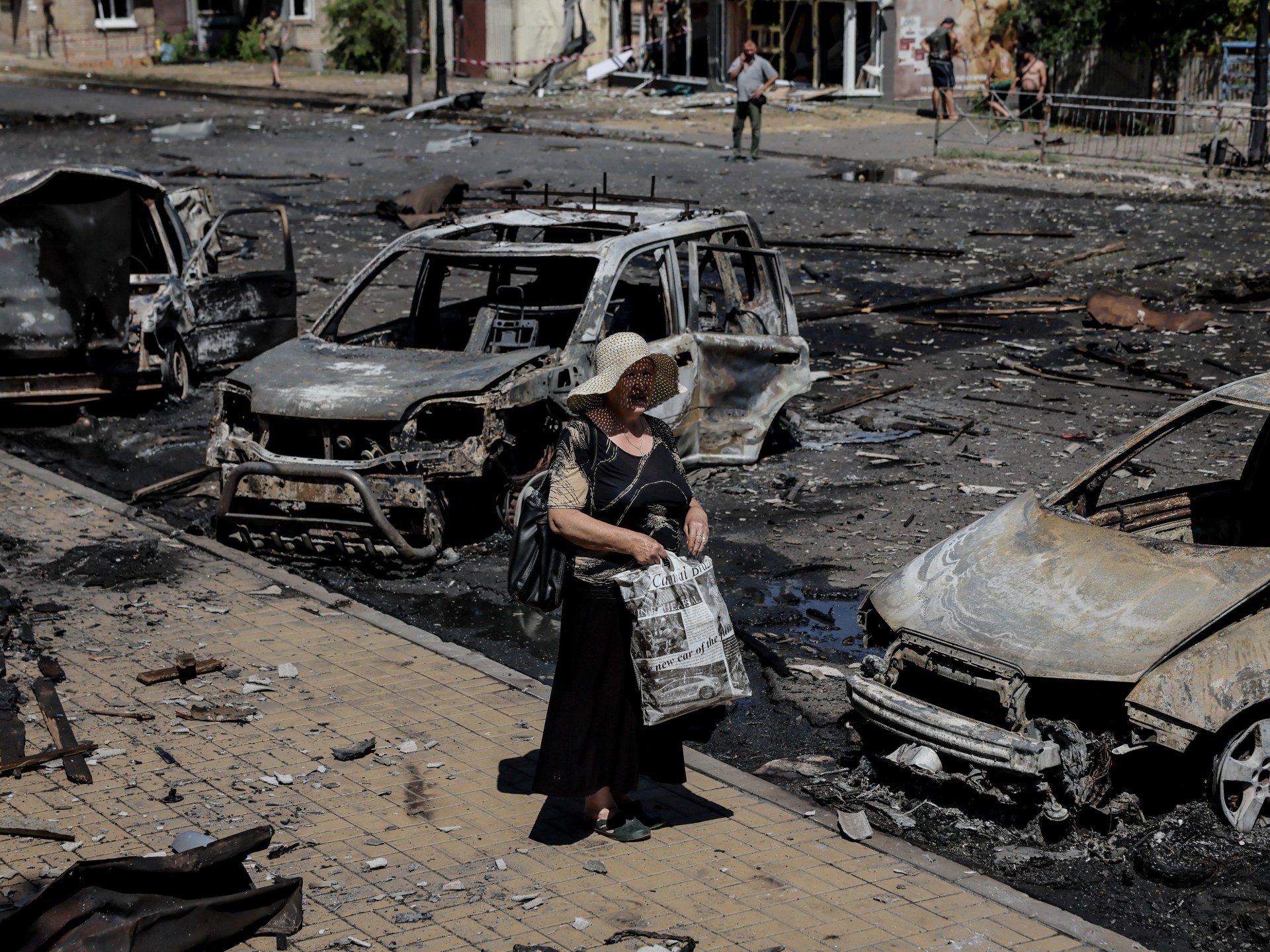An H5N1 outbreak that recently infected five poultry workers and 1.8 million chickens in northeastern Colorado may have been fueled in part by heat wave conditions and slaughter methods, federal health officials say.
At a news conference Tuesday, Nirav Shah, principal deputy director of the U.S. Centers for Disease Control and Prevention, said the human infections occurred when poultry workers slaughtered infected birds in 104-degree heat — conditions that may have made wearing protective clothing and equipment nearly intolerable and required the use of large fans, which may have promoted the spread of the virus through feathers, dust and other poultry detritus.
Additionally, the method used to kill infected chickens (carbon dioxide gassing) required workers to move “from chicken to chicken,” increasing their “degree of interaction with each potentially infected bird.”
“This confluence of factors may play a role in explaining why this outbreak occurred where and when it did,” Shah said, noting that a state and federal investigation is still underway.
He said these observations potentially “highlight a path to prevention,” which would include more systematic use of protective equipment as well as engineering adaptations that could help reduce the risk of exposure.
This weekend, federal and Colorado health officials reported five cases of bird flu in poultry workers at a single farm in northeastern Colorado. Four of the cases have been confirmed by the CDC and a fifth is considered presumptive as officials await final results.
The poultry farm was infected with bird flu earlier this month. The virus is particularly deadly to poultry and is highly contagious. Standard practice in the industry is to cull all potentially infected birds and clean the premises.
Federal officials said the chickens were killed using carbon dioxide, which a 2016 Meat and Poultry magazine article described as the “gas of choice” in North America because of its availability, low cost and track record of “achieving consistency in terms of good animal welfare and meat quality.”
Birds infected with H5N1 are culled and do not enter the food supply.
The technique requires workers to place chickens in a sealed, portable unit where anywhere from 20 to “several dozen” of them are exposed to the gas. Initially, the CO2 is emitted at a concentration that will render the birds unconscious, a phase of slaughter known as “induction of insensibility.” Once the birds are rendered unconscious, the concentration increases and the animals suffocate and die.
The entire process takes “less than a minute and a half,” said Julie Gauthier, executive director of field operations for the USDA’s Animal and Plant Health Inspection Service.
Maurice Pitesky, an expert in poultry health epidemiology and food safety at UC Davis, said that in “houses” as large as the one in Colorado, culling can take weeks.
The process requires workers to handle both live and dead birds. And officials hypothesized on Tuesday’s call that if their PPE wasn’t on properly because of excessive heat, or had become less effective because of the large cooling fans (which also kicked up dust), they could have been exposed and vulnerable to the virus.
“Heat is an issue,” Pitesky said. “The expectation that dairy and poultry workers, in today’s hot conditions (or in California’s Central Valley, for example, when it was over 110 degrees) would wear PPE like Tyvek suits that don’t breathe at all and the N95 masks that the USDA provides for free, is unrealistic.”
He said there was “no way” anyone would use PPE under those conditions. Instead, he said, the USDA should provide things like visors or surgical masks — protective items that can actually be used.
“Then there’s culture, which is probably the biggest issue,” he said, noting that in his experience, most workers don’t wear masks, even for particulate matter. So, “while the USDA’s intentions were good, I think the practicality of what they were trying to accomplish wasn’t very sensitive to that reality.”
Federal officials also noted that DNA sequencing of the virus obtained from one of the patients is closely linked to both infected chickens at that farm, the first infected dairy worker in Texas in April and infected dairy herds located near the Colorado poultry farm.
The finding raises “the possibility that this virus was transmitted from a Colorado dairy herd to a poultry farm,” said the CDC’s Shah. “That is a hypothesis … that needs and requires full investigation.”
Pitesky said the finding implies the virus may be moving between workers employed on multiple farms or equipment that is shared, “or potentially there is some environmental connection through groundwater or some type of habitat-type transmission.”
He said birds and rodents can be mechanical transmitters, and wild birds are common visitors to both dairy and poultry farms. He said he works with poultry farmers to prevent birds from nesting indoors — that's a no-no — but birds, such as swallows, can and do fly.
He also suggested that while poultry farmers have greatly improved their biosecurity in recent years, the dairy industry is “light years” behind when it comes to creating physical barriers.
He said that with each update he hears, it becomes increasingly clear that “there is no way to model or predict how this virus will move when it is in so many different species and in so many different environments.”
And no one knows, he said, what will happen this fall when fall migration begins and things potentially get even more complex.












